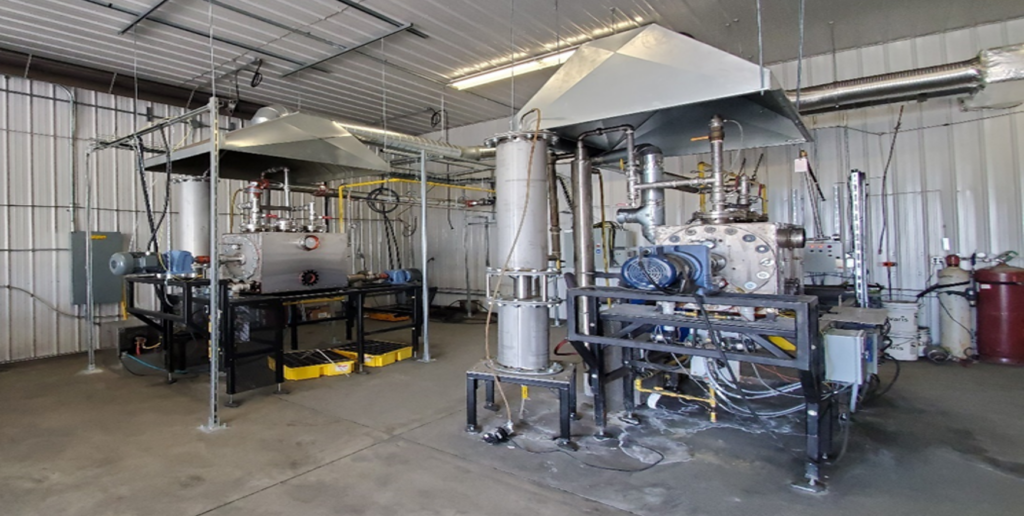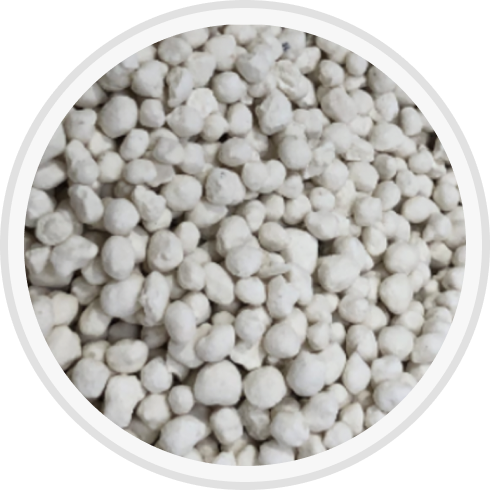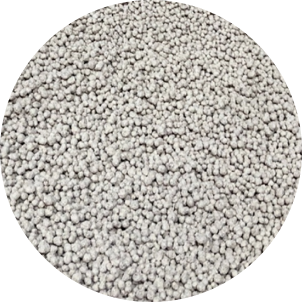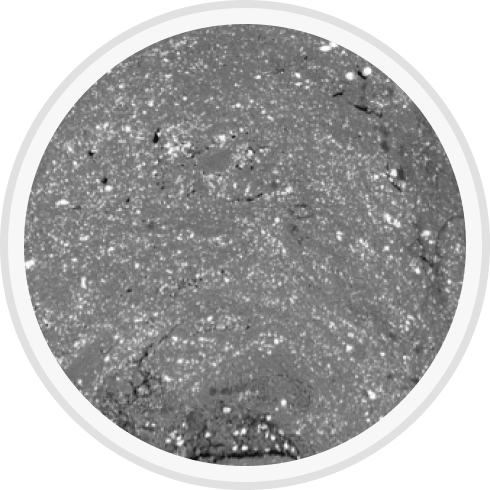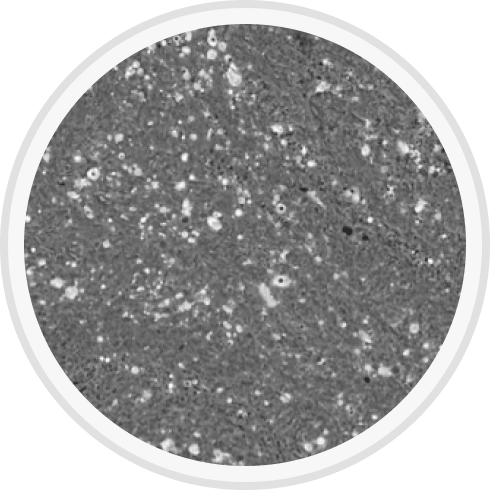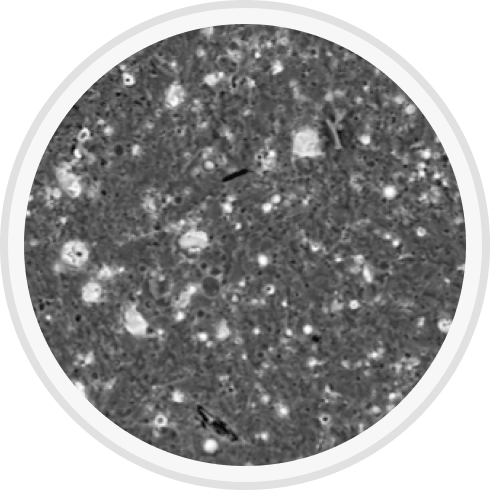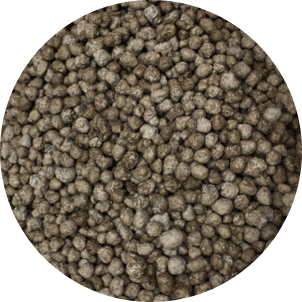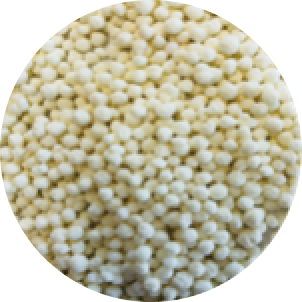Sulvaris has been partnered with the Institute for Chemicals and Fuels from Alternative Resources (ICFAR) at the University of Western Ontario, since 2020. This partnership has the shared goal of developing Sulvaris’s Carbon Control Technology (CCT), which is a technology focused on utilizing waste biomass sources to produce an organo-mineral fertilizer product. Key partnerships like this allow Sulvaris to access the expertise of top innovative minds required to further develop new and sustainable products.
The project has been supervised by Dr. Franco Berruti and Dr. Naomi Klinghoffer, an accomplished and internationally acclaimed research team, and executed by PhD student Stephanos Horvers. This outstanding team, in close collaboration with Sulvaris, has designed, fabricated, and operated a pair of pilot scale reactors over the last 3 years. These reactors allow Sulvaris to validate product characteristics during development and optimize scalable process design. The units also support small scale production of innovative new CCT products that will be used in field trials this year. Sulvaris looks forward to sharing the results of these trials and demonstrating the agronomic benefits of CCT products.
The picture below shows both reactors installed at ICFAR.
